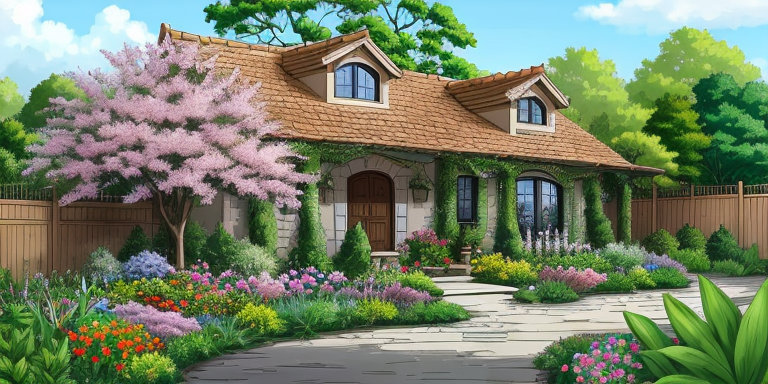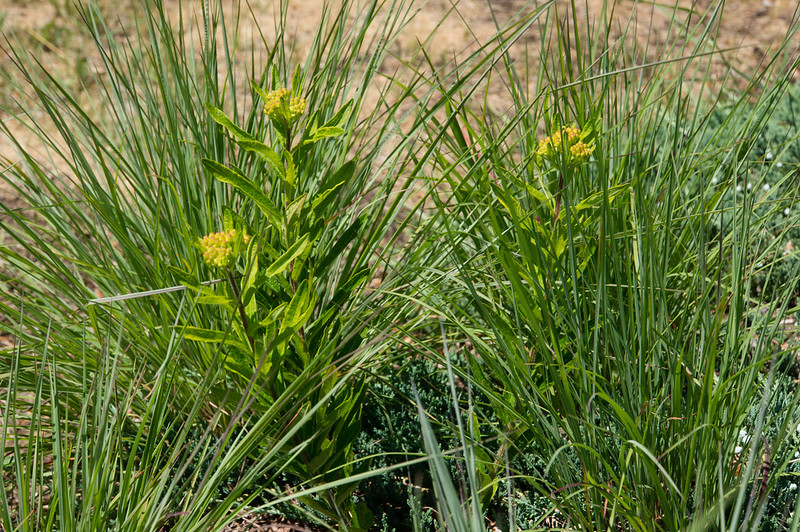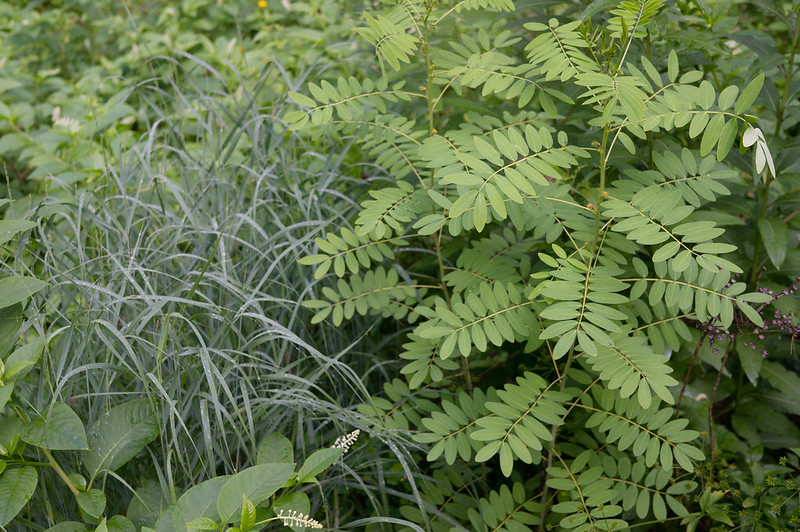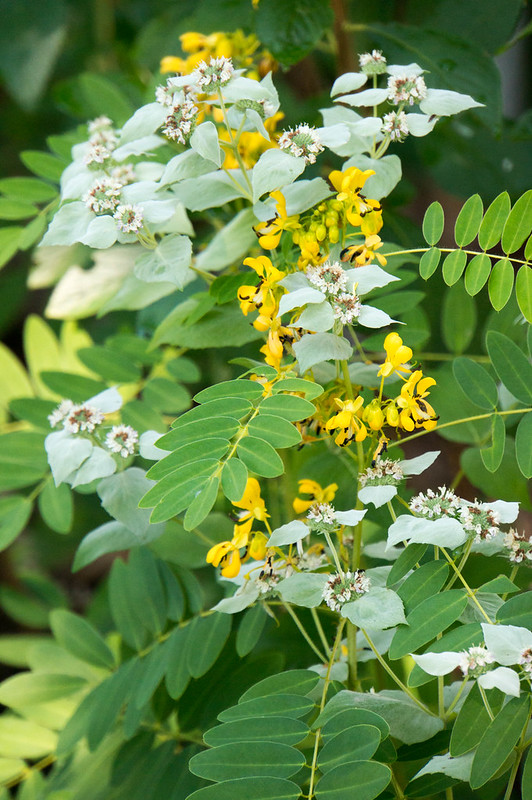Creating stunning plant combinations: enhancing your landscape with thoughtful pairings

When it comes to landscaping, moving beyond individual plants and venturing into the realm of plant combinations can elevate the beauty and aesthetic appeal of your garden. By strategically pairing plants together, you can achieve a harmonious blend that enhances the overall visual impact. In this blog post, we will explore various factors to consider when creating plant combinations, including leaf structure, flower color, growth patterns, flowering time, and placement. We will also discuss how certain plants can serve as backdrops for others, adding depth and contrast to your garden.
Leaf structure
The structure of leaves plays a crucial role in creating captivating plant combinations. Consider pairing plants with contrasting leaf structures to create visual interest. For example, you can juxtapose a compound leaf like a fern with a large-leaf aster to create an intriguing contrast.

Flower color
One of the most obvious and visually striking factors to consider when combining plants is the color of their flowers. Experiment with complementary or contrasting colors to create eye-catching displays. For instance, a compound rounded leaf senna with yellow flowers can be paired with a linear leaf switchgrass featuring delicate, airy panicles to create an attractive color combination.
Leaf color
Just like flower color, the color of leaves can greatly impact the overall aesthetic of a plant combination. Pair plants with different leaf colors to create a vibrant and dynamic arrangement. For example, a blue-green grass leaf can be paired with a green leaf perennial to create a visually appealing contrast.

Growth pattern
The growth pattern of a plant determines its overall shape and structure. Consider combining plants with contrasting growth patterns to create a visually pleasing composition. Pair mounding plants with straight ones to create a sense of balance and variety in your garden.
Flowering time
Creating plant combinations that bloom at different times can extend the beauty and interest of your garden throughout the seasons. Combine plants that flower at the same time for a burst of color, or mix those that flower at different times to create a succession of blooms. Incorporating plants that bloom all-season can provide continuous visual interest.

Placement
Thoughtful placement of plants is crucial when creating captivating combinations. Consider using smaller evergreen trees as backdrops for flowers to create a striking contrast between the tree’s foliage and the vibrant colors of the flowers. This technique can add depth and dimension to your garden while enhancing the beauty of the flowering plants.
Conclusion
By carefully considering factors such as leaf structure, flower color, leaf color, growth pattern, flowering time, and placement, you can create stunning plant combinations that transform your landscape into a captivating masterpiece. Experiment with different pairings, and let your creativity flourish as you curate a garden that brings joy and visual delight throughout the seasons. Happy gardening!
